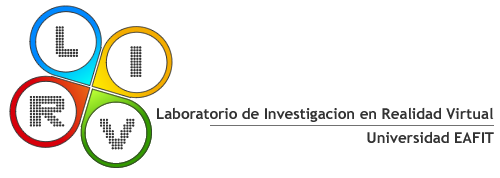

Virtual Wind Tunnel
Simulation, visualization and distributed systems.
This is a joint venture among University of Alberta (Canada), Andes University (Colombia) and EAFIT University (Colombia). Project's main goal is to build a virtual wind tunnel. This project would use some elements of computer simulation, visualization and distributed computing in order to recreate a functional wind tunnel and to make it available by users connected from remote locations via Internet.
EAFIT'ts VRLab is in charge of designing the collaborative aspects of the system. The idea is to make a virtual environment which can be used not only by one but many users at the same time. This is very important for wind tunnel use, since is not uncommon to study problems which require different disciplines and expertise.
As part of this research several architectures would be explored to implement a virtual distributed environment:
* Local Rendering: In the local rendering architecture each collaborative session’s client receives VWT visualization’s geometry. This empower him to interact freely in the virtual environment. Clients are force though to have 3D enabled workstations.
* Remote Rendering: In the Remote Rendering architecture visualization takes place in the server. Clients handle interaction through minimal clients and receive a streamed compressed video of the central 3D visualization. No 3D capability is needed in the client side, but interactive capabilities are diminished.
* Adaptive rendering: This scheme use the two previous ones according to client's computing capabilities. Clients with strong 3D capabilities will receive geometric information whereas 2d client will receive a compressed video streaming. The key of the adaptive rendering lies on its ability to recognize client's characteristics on to act accordingly.

